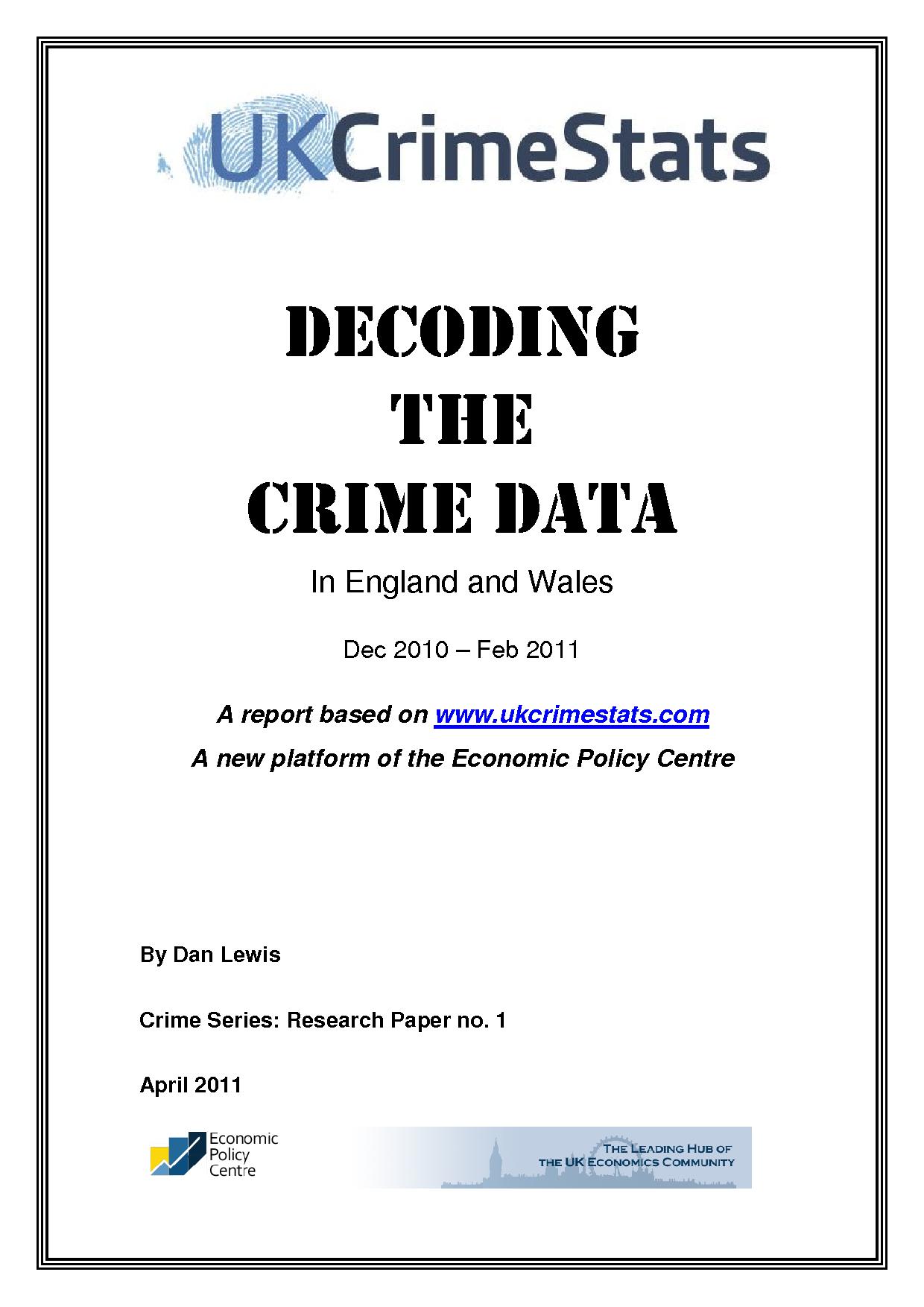We can think of many more than 10 reasons but the driving force behind UKCrimeStats was to be able to do some proper analysis of the data of something that comes at great economic cost to the UK, crime. So here goes;
1. We use neighbourhood population data which means we can calculate Crime Rate. Crime rate is important because it takes into account how many people live a given area relative to the amount of crime and so imparts a better idea of risk.
2. Each of the 500,000 crimes per month is given its own id, map and url e.g. http://www.ukcrimestats.com/Street_Crime/1001/
– and you can search by id – try typing in any number 1 1,500,000
3. We can do cumulative analysis over time or in just one month
4. We have a neighbourhood ranking system – future elected Police Commissioners need some kind of metric for voters to hold them to account and this is a good starting point – search for your neighbourhood and see
5. We are open about the shortcomings of the data – see our Problems With The Crime Data page and FAQ – and we correspond with Police Forces when we see problems so that they can be resolved
6. You can advertise on the site according to Neighbourhood or within a certain number of miles within a given postcode – see here
7. You can compare the 43 Police Forces to see which has the highest or lowest crime rate/total crime/type of crime in which month / over the selected months – see here
8. You can export up to 1,000 rows of results to excel as a csv file
9. You can ask nationally across England and Wales which neighbourhoods have the higest/lowest total / crime rate / violent / vehicle / robbery / other / asbo in this month or over these selected months? – see here
10. You can ask nationally across England and Wales which streets have the highest total crime / violent / vehicle / robbery / other / asbo in this month or over these selected months? – see here – (we can’t show lowest until all streets in the UK have had a crime registered on them and with 3 months of data that’s not possible)
I could go on and say that we’re independent and not funded by government. All in all, this is a work in progress with updates and improvements coming through each month. We have also entered the site into the Open Data Challenge competition, so fingers crossed !



